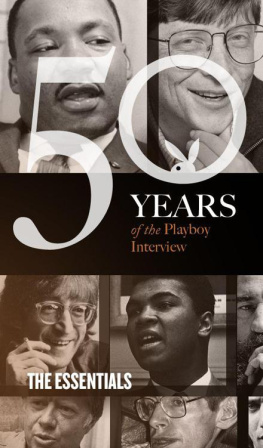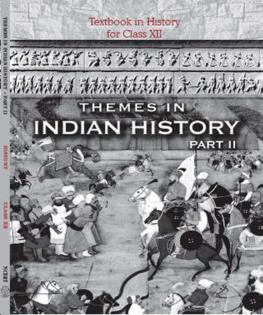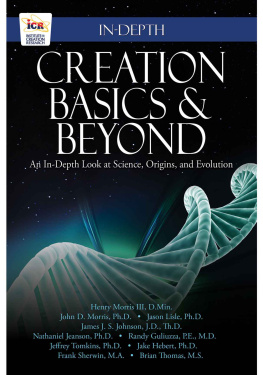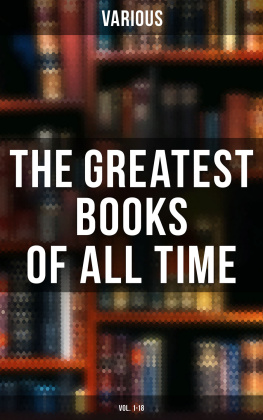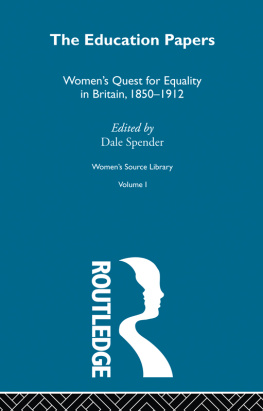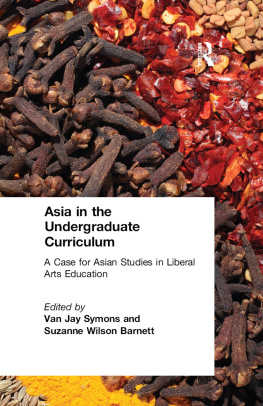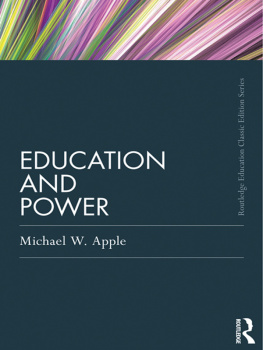First published in 1987 by M.E. Sharpe, Inc.
This edition first published in 2018
by Routledge
2 Park Square, Milton Park, Abingdon, Oxon OX14 4RN
and by Routledge
711 Third Avenue, New York, NY 10017
Routledge is an imprint of the Taylor & Francis Group, an informa business
1987 M.E. Sharpe, Inc.
All rights reserved. No part of this book may be reprinted or reproduced or utilised in any form or by any electronic, mechanical, or other means, now known or hereafter invented, including photocopying and recording, or in any information storage or retrieval system, without permission in writing from the publishers.
Trademark notice: Product or corporate names may be trademarks or registered trademarks, and are used only for identification and explanation without intent to infringe.
British Library Cataloguing in Publication Data
A catalogue record for this book is available from the British Library
ISBN: 978-1-138-30826-8 (Set)
ISBN: 978-1-315-14674-4 (Set) (ebk)
ISBN: 978-1-138-31007-0 (Volume 1) (hbk)
ISBN: 978-1-315-14371-2 (Volume 1) (ebk)
Publishers Note
The publisher has gone to great lengths to ensure the quality of this reprint but points out that some imperfections in the original copies may be apparent.
Disclaimer
The publisher has made every effort to trace copyright holders and would welcome correspondence from those they have been unable to trace.
CHINAS EDUCATION AND THE INDUSTRIALIZED WORLD
STUDIES IN CULTURAL TRANSFER
Ruth Hayhoe and Marianne Bastid, Editors
M. E. Sharpe, Inc.
ARMONK, NEW YORK/LONDON
The Ontario Institute for Studies in Education has three prime functions: to conduct programs of graduate study in education, to undertake research in education, and to assist in the implementation of the findings of educational studies. The Institute is a college chartered by an Act of the Ontario Legislature in 1965. It is affiliated with the University of Toronto for graduate studies purposes.
The publications program of the Institute has been established to make available information and materials arising from studies in education, to foster the spirit of critical inquiry, and to provide a forum for the exchange of ideas about education. The opinions expressed should be viewed as. those of the contributors.
Copyright 1987 by M. E. Sharpe, Inc.
All rights reserved. No part of this book may be reproduced in any form without written permission from the publisher, M. E. Sharpe, Inc., 80 Business Park Drive, Armonk, New York 10504
Available in the United Kingdom and Europe from M. E. Sharpe,
Publishers, 3 Henrietta Street, London WC2E 8LU.
Library of Congress Cataloging-in-Publication Data
Chinas education and the industrialized world.
Bibliography: p.
Includes index.
1. EducationChinaForeign influences.
2. EducationChinaHistory. 3. Comparative
education. I. Hayhoe, Ruth. II. Bastid, Marianne.
LA1131.C53 1987 370.951 87-4744
ISBN 0-87332-425-0
ISBN 0-87332-428-5 (pbk.)
Canadian Cataloguing in Publication Data
Main entry under title:
Chinas education and the industrialized world.
Bibliography: p.
Includes index.
ISBN 0-7744-0307-1
EducationChinaForeign influences.
2. EducationChinaHistory. 3. Comparative
education. I. Hayhoe, Ruth. II. Bastid, Marianne.
LA1131.C45 1987 370.951 C86-094999-0
In July of 1984, the World Society of Comparative Education held its Fifth Congress in Paris, focusing on the theme of Dependence and Interdependence in Education. It was the first occasion on which scholars of education from the Peoples Republic of China had participated in such a congress and during that week the Chinese Comparative Education Society was accepted as a full member of the World Society.
For those of us who had been studying recent and contemporary Chinese educational history, this was a happening of the greatest significance. At last we were able to sit down with Chinese colleagues in a scholarly forum and discuss Chinas experience in educational development. As a part of the World Congress, I had been invited to organize a workshop on the subject of Chinas educational relations with foreign countries. I was delighted when Marianne Bastid-Bruguire agreed to the role of senior scholar and advisor to this workshop, and her many years of research on Chinese educational history from the late Qing to the present have provided the essential foundation for subsequent developments.
The workshop itself was a stimulating event, enhanced by the surroundings of a beautiful seminar room overlooking the Square of the Pantheon. However, after it was over we decided against the publication of the conference papers in favor of planning for a new publication that would present in a more comprehensive and ordered way the history of Chinas educational relations with the industrialized world. The conference theme of dependence and interdependence drew on concepts and issues thrown up by Dependency Theory. Following this cue, we decided to test the view that educational transfers have been used to consolidate political domination and economic exploitation between developed and developing countries by a careful look at Chinas historical experience with Japan and the Soviet Union, as well as with Western industrialized powers. Further-more, we felt that a thorough and analytic explication of Chinas historical experience in this regard was important for a balanced understanding of both the possibilities and the dangers inherent in Chinas present open door to educational ideas and patterns from outside. Three chapters of the book are therefore devoted to aspects of contemporary educational policy and practice in China. Finally, we judged that a study of this type would be incomplete without some recognition of the fact that Chinese educational ideas and patterns have also made their impact on the industrialized world. While the scope of the book did not allow for this topic to be treated as fully as it deserves, we were pleased to be able to commission two chapters which depict the European perspective on Confucian education in the seventeenth and eighteenth centuries and the French fascination with Maoist educational thought in the sixties of this century.


